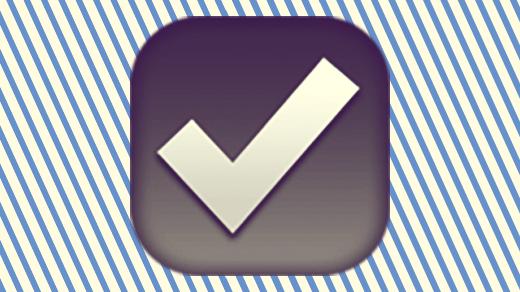No one could have envisioned they’d still be a remote workplace eight months on. No one knows what the new world of work is going to look like. Use this checklist to build your digital toolbox to manage your remote team.

It’s safe to say that 2020 has thrown us many curveballs. Many businesses have had to adjust to becoming a remote workplace overnight. Shifting an entire company to remote work poses challenges that many have not had to face before.
Use this checklist to build your digital toolbox to manage your remote team.
Digital toolbox checklist:
In this article:
- Real time messaging
- Video and audio conferencing
- Task management
- Document and file storage
- Financial and accounting solutions
Your baseline toolbox should equip you to handle synchronous and asynchronous communication methods.
Synchronous: communication dependent on time.
Real time messaging:
✅ Create connection and team belonging
✅ Encourage your team to work out loud
✅ Drive collaboration
✅ Flag and distribute urgent or critical information
🛑 Don’t use it for information that needs to persist overtime
🛑 Avoid having real time discussions when people are offline
🛑 Never use it for task management
Solutions: Slack, Microsoft teams, Google chat.
⭐️ Use real time messaging to greet your remote team, ask how they are, how their weekend was, what they’re having for lunch.
Video and audio conferencing:
✅ Schedule calls and video conferences
✅ Record and save important meetings
✅ Ensure your team has face-to-face time
🛑 Consider if the meeting outcome could be solved asynchronously
🛑 Never have a meeting without an agenda
🛑 Avoid scheduling meetings outside of business hours
Solutions: Zoom, Skype, Google Meet, Slack (call feature).
⭐️ Combine tools and use one tool for audio and video calls.
⭐️ Ensure scheduled meetings have an agenda, outcome and objective.
Synchronous communication should be the exception, not the rule.
Doist: Asynchronous Communication: The Real Reason Remote Workers Are More Productive
Asynchronous: communication independent of time.
Email and asynchronous comms
✅ Distribute company wide communications
✅ Send client and outward bound communications
✅ Schedule meeting and calendar invites
🛑 Don’t expect real time responses
🛑 Avoid discussing the detail of tasks or feature requests
🛑 Never rely on email for storage of important notes or documentation
Solutions: Gmail, Microsoft Outlook, Basecamp.
⭐️ Reconsider how you use email: could some of its functions be replaced by an all-in-one communication tool such as Basecamp?
Task management:
✅ Create, manage and discuss tasks
✅ Set delivery dates and manage schedules
✅ Assign responsibility of tasks
✅ Share progress and updates
🛑 Don’t expect real time communication
Solutions: Trello, Basecamp, Asana and Jira.
Document and file storage:
✅ Collaborate on documents
✅ Share files and documents
✅ Store files and documents
✅ Use version control
🛑 Avoid adding action items or tasks to documents
🛑 Don’t expect real time collaboration
Solutions: Google drive, Basecamp, Notion, Confluence and Dropbox.
Financial and accounting solutions:
✅ Create, send and process quotes
✅ Generate, send, receive and process invoices
✅ Manage payroll
✅ Perform other business accounting tasks
⭐️ Consider using a Google sheet to track employees billable time and process it through an accounting solution.
Defaulting to asynchronous communication whenever possible allows you to spend less time just trying to stay afloat between meetings and more time creating impactful work
Loom: Asynchronous Communication and Why Your Work Will Benefit From It
Combine tools for optimum efficiency
Now that you’ve got your checklist and understood the purpose of each tool you can combine tools to build your baseline toolbox. Here’s an example I’ve prepared 💁🏼♀️
- Slack:
- Internal synchronous communication
- Basecamp:
- Internal and external asynchronous communication (tip: train your clients to use Basecamp)
- File and document storage
- Task management
- Google workspace:
- Email
- External asynchronous communication
- Drive
- Collaborative documentation
- Document version control
- File storage
- Meet
- Internal/external video/audio conferencing (with ability to record and store)
- Email
- Xero:
- Finance and accounts
*This is an example baseline digital toolbox: you can build atop of pending your business needs, role and responsibilities.
Tips:
ℹ️ Use synchronous communication methods to recreate the moments that would normally happen in a physical office space.
ℹ️ Use asynchronous communication methods as a default. If you need a timely response resort to synchronous communication.
⚠️ Always be mindful of your teammates time and consider what you’re communicating and why.



